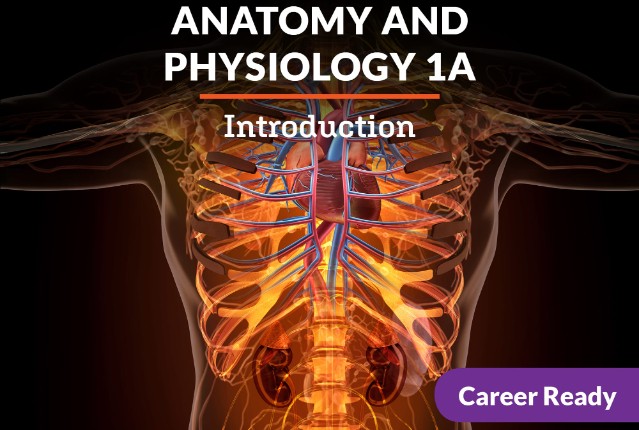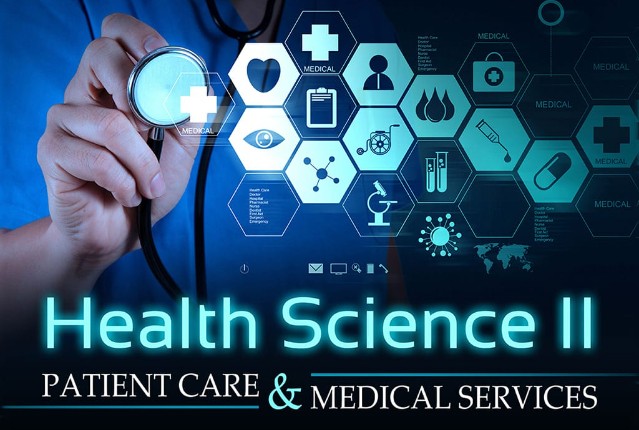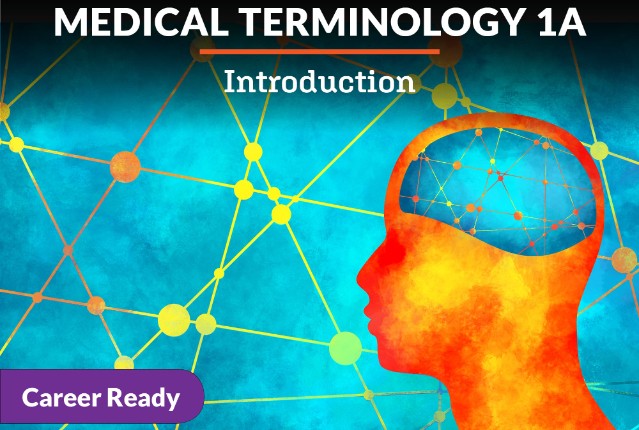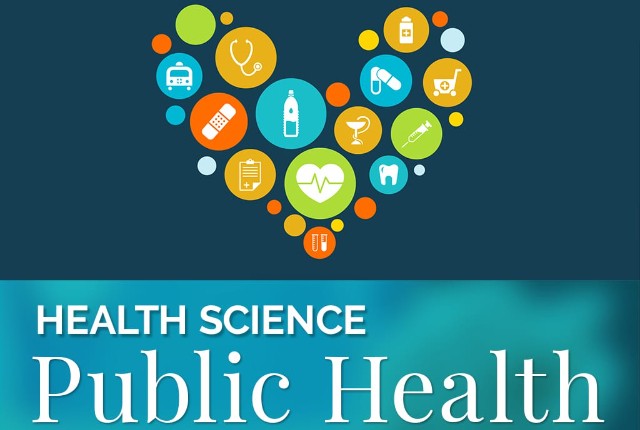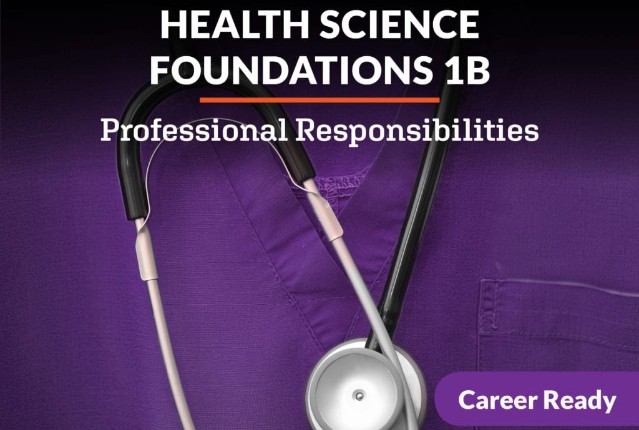
Health Science Foundations 1b: Professional Responsibilities
Making sure that you, your patients, and your colleagues stay safe, you’ll begin analyzing your responsibilities for ensuring patient and personal safety with special attention paid to emergency procedures. Examine infection control, first-aid, CPR, and measuring a patient’s vitals. Learn about numerical data, such as systems of measurement, medical math, and reading and interpreting charts. And examine effective teamwork and leadership characteristics while building your employment skills.
Review course outlineAccess for a year
USD 299.00*
* Choose more courses to get a discount
